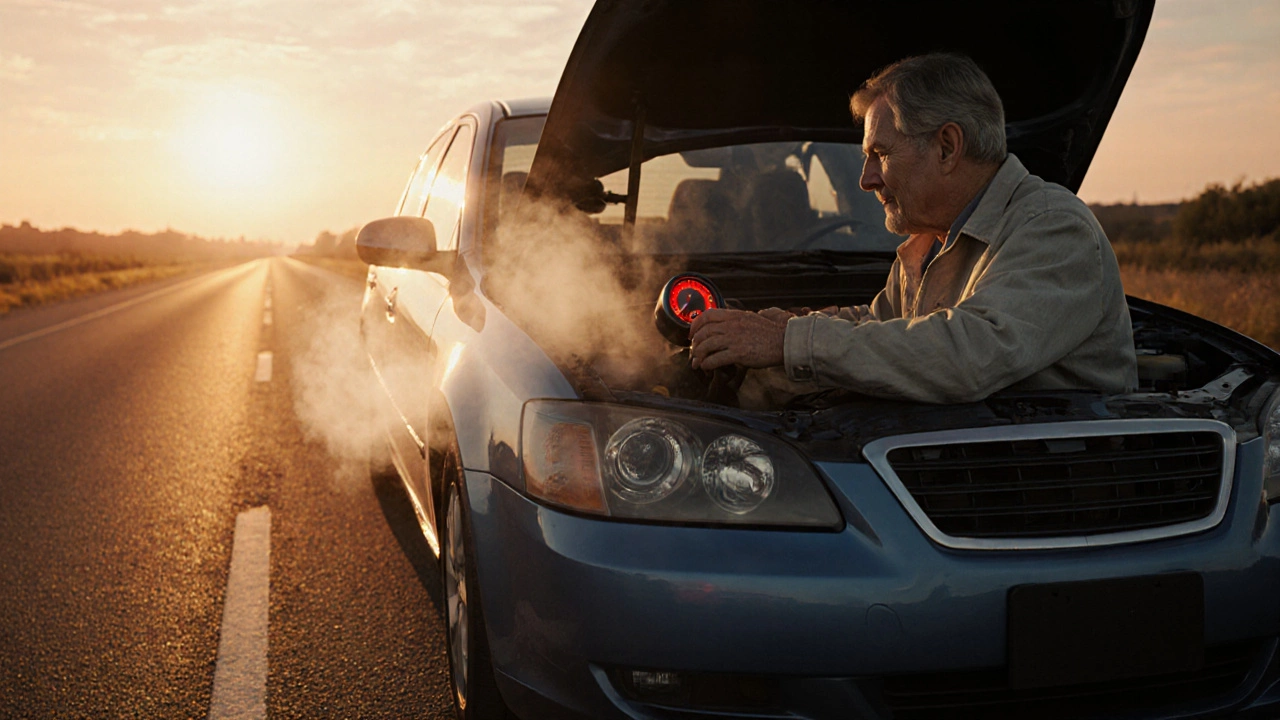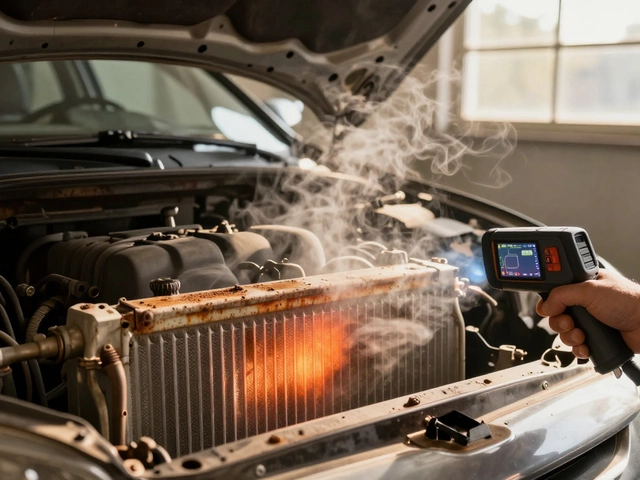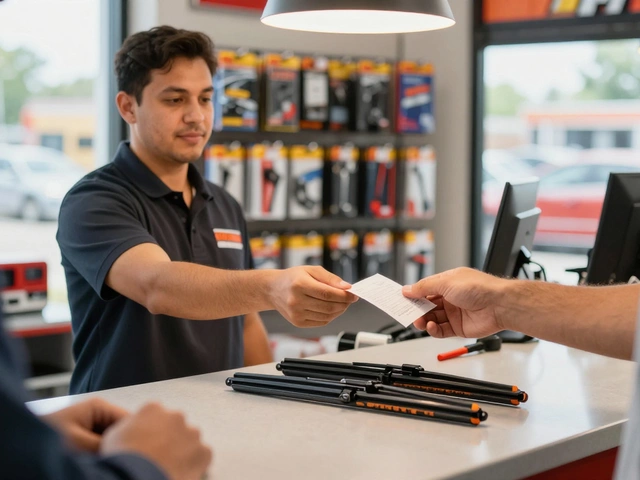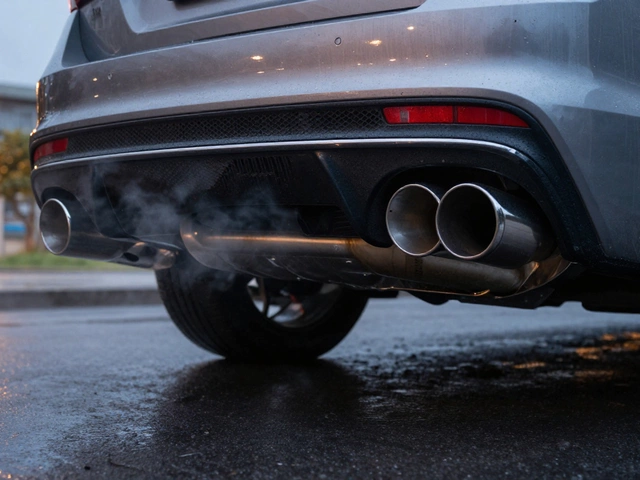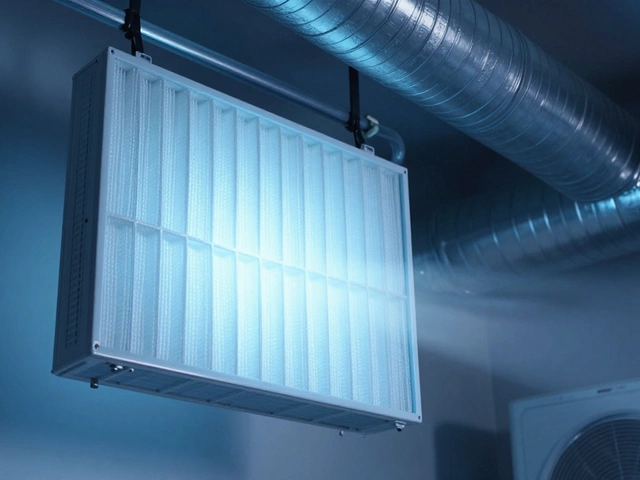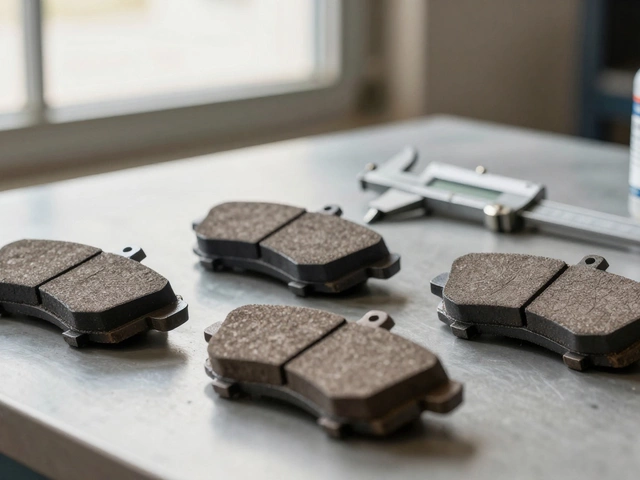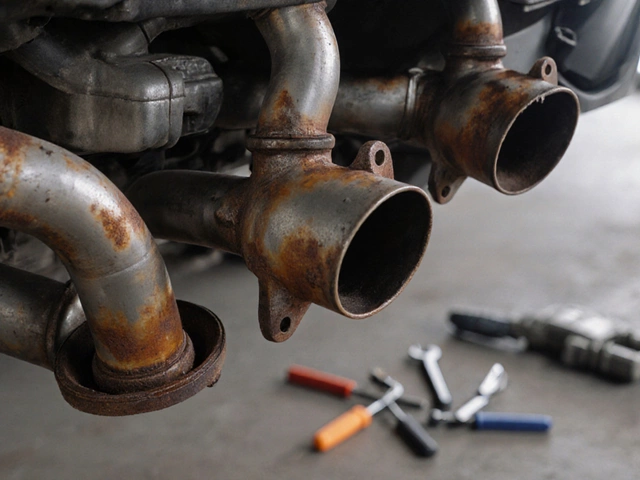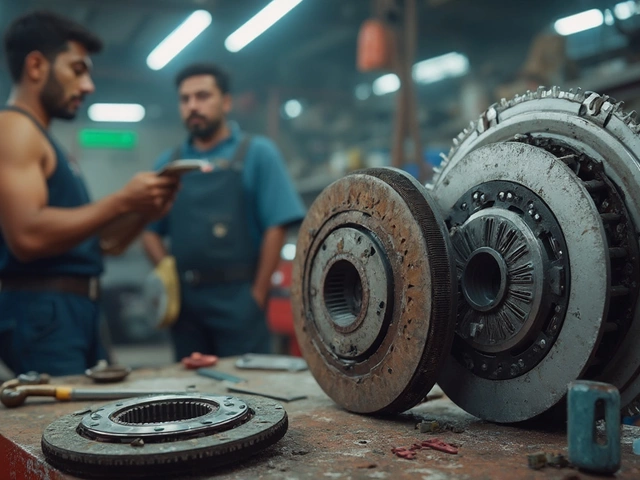Engine Overheating: Why It Happens and How to Stop It
When dealing with engine overheating, the condition where a vehicle’s temperature rises beyond safe limits, often leading to serious damage, the first thing to understand is that it’s not a random glitch. It’s usually a chain reaction involving the radiator, the heat‑exchanger that moves hot coolant away from the engine and the coolant, the fluid that carries heat to the radiator and prevents metal parts from seizing up. If any link in this cooling loop breaks, the engine temperature spikes fast. Most drivers notice a flashing temperature gauge, steam puffing out, or a sweet, oily smell before the engine finally gives up. Those signs are your cue to pull over, let the engine cool, and check the basics: is the coolant level low? Is the radiator hose cracked or clogged? Are the fan blades turning? Answering these questions can save you a costly repair bill, because a simple fix like topping off coolant or tightening a hose is far cheaper than replacing a warped head gasket.
Common Triggers of Engine Overheating
Beyond a leaky radiator or insufficient coolant, several other parts often play a starring role in engine overheating. The thermostat, a valve that opens when the engine reaches its optimal operating temperature to let coolant flow can stick closed, trapping heat inside. A failing water pump, the pump that circulates coolant through the engine and radiator may lose pressure, causing hot spots and eventually boiling coolant. Even the engine oil, which lubricates moving parts and carries away some heat can become too thin or low, reducing its cooling effect. In hot climates or when towing heavy loads, the cooling demand spikes, and any weak link shows up quickly. Drivers often overlook simple maintenance like cleaning the radiator fins or checking the electric fan relay, but those chores keep airflow steady and prevent the system from choking. Knowing which component is most likely to fail in your driving conditions helps you prioritize inspections and avoid surprise breakdowns.
Now that you’ve got a clear picture of the key players—radiator, coolant, thermostat, water pump, and oil—you can approach the list of articles below with confidence. Each guide dives deeper into one of these areas, offering step‑by‑step checks, DIY tips, and professional advice. Whether you’re trying to diagnose a sudden rise in temperature, decide if a fan replacement is worth the effort, or learn the best way to flush your cooling system, the posts ahead cover the whole spectrum. Keep reading to arm yourself with practical knowledge that will keep your engine running cool and reliable.
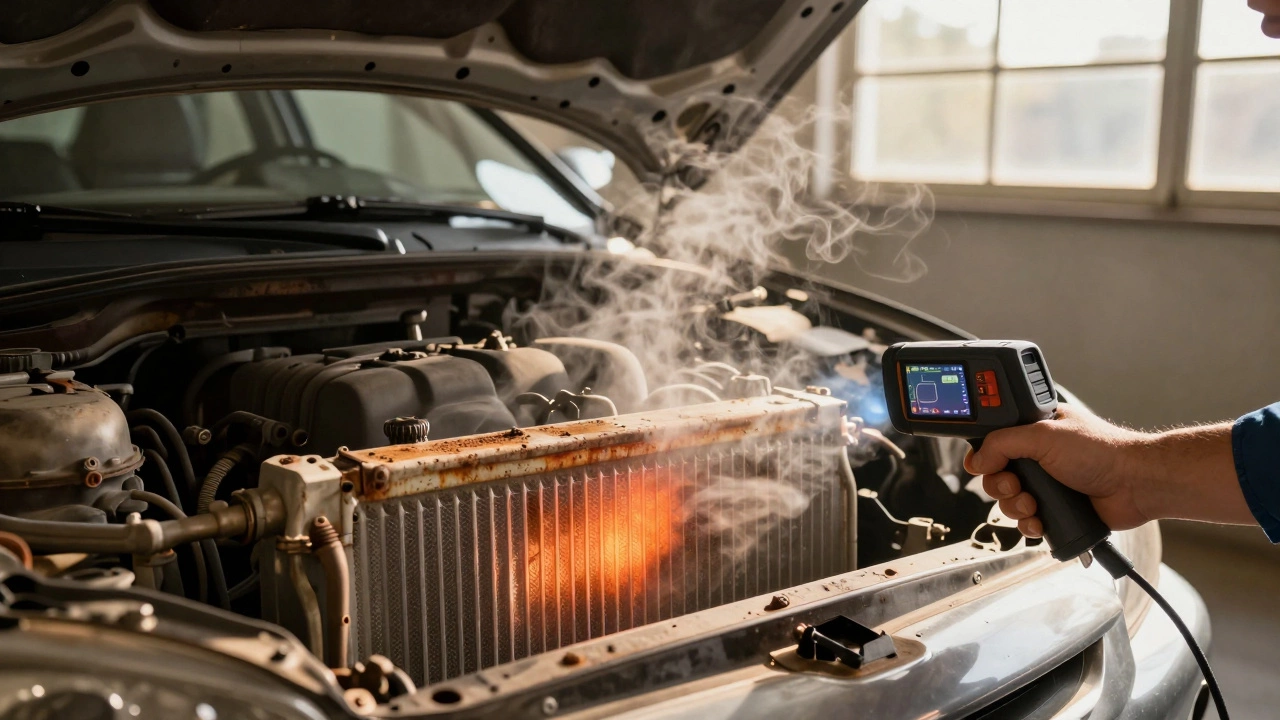
Is It Worth Upgrading Your Car Radiator?
Most car radiators don't need upgrading unless you're towing, modifying your engine, or overheating repeatedly. Learn when a radiator upgrade actually helps-and when it's a waste of money.
CONTINUE READING